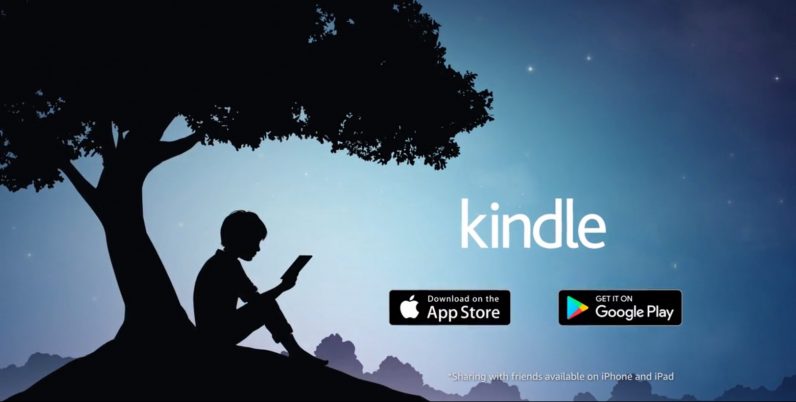TL;DR
As I am reading books in order to improve my software testing skills, I am in quest for efficient note taking application. My first experiment is Kindle, with its Notes feature set.
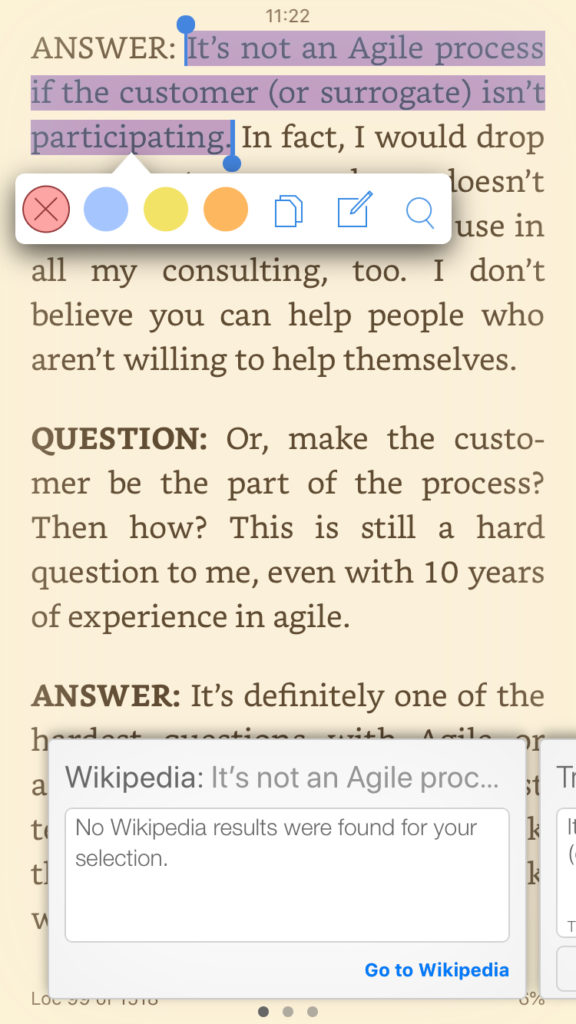
In order to make a note, you first need to use gesture hold tap at the beginning of sentence, then make iOS drag gesture to the end of note. If you tap highlighted text, context menu appears where you can change note color, delete note, add your note about highlighted text or copy highlighted text into the buffer (ready to be pasted elsewhere). At the bottom, you have Wikipedia entry (if any), translate window and dictionary. Very useful set of the features at your fingertip.
Drawbacks
If you want to tap text at the beginning of sentence, you need to practice that gesture. Because if you tap to close to left margin (if you live in country that reads from left to right), Kindle will open previous page. In order to highlight something that spawns through two pages, you need to create two notes.
Review Notes
When you are done with reading a book, it is time to review your notes. In Kindle app, use tap gesture at the top of book page, and in menu select second icon from the right:
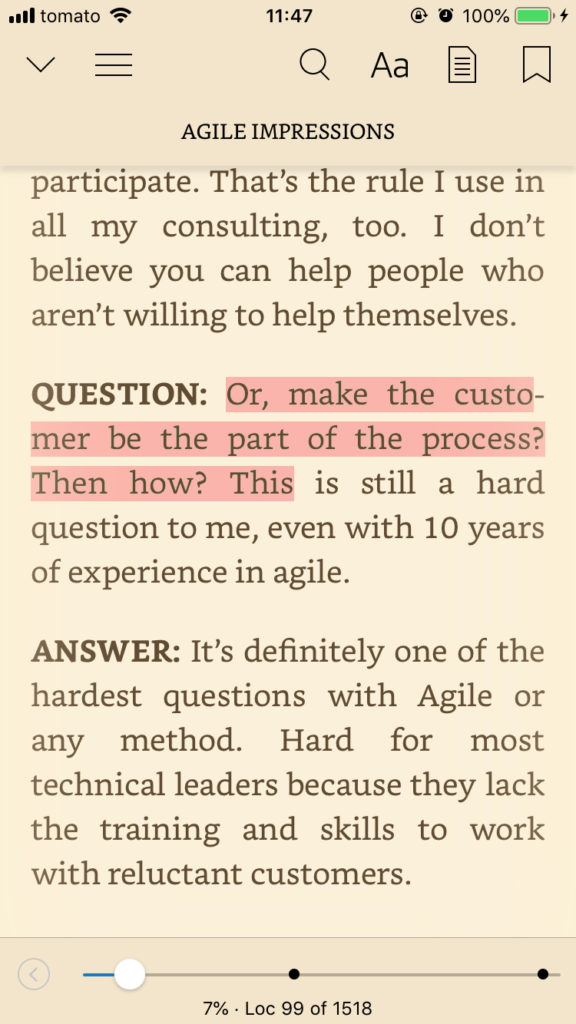
Here is your Kindle Notebook:
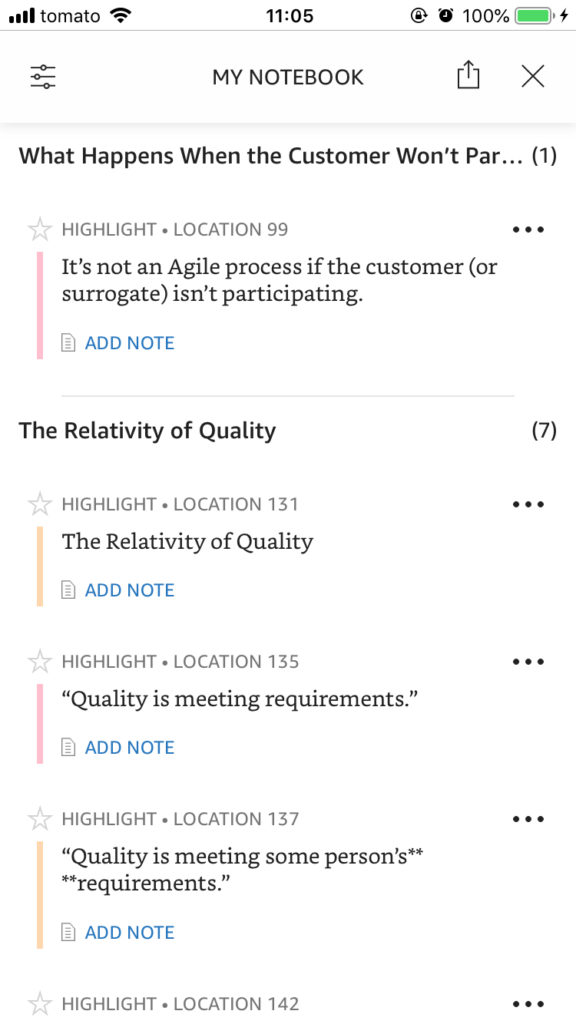
Disappointment came with export feature (second icon from the right). You need to select citation style and tap export:
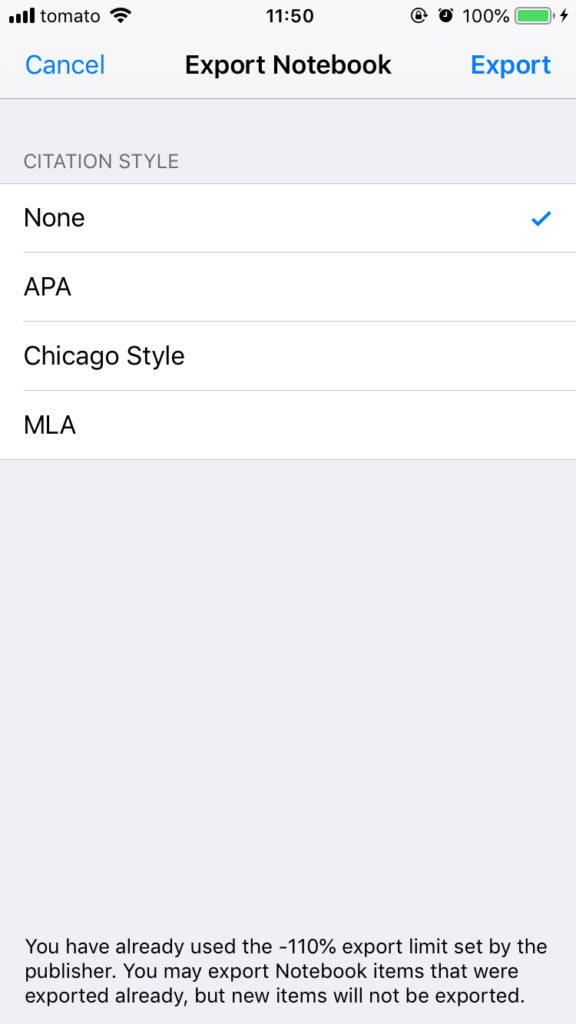
You have already used the 110% export limit set by the author. The question is 110% of what? What is 100%?
Amazon:
For some books the publisher allows only a limited percentage of a book to be “clipped” and stored separately from the main body of the book, as normally happens when you add a highlight. If you exceed this limit then you will see fewer highlights on this website than you actually marked on your Kindle. Popular Highlights are not counted towards this clipping limit.
So Gerald put a limit, which percentage of book citation (highlighted text) could be exported in another format. This percentage is not known, I just know that I exceeded it for 10 %. I can calculated it, but that would be tedious manual task.
It is reasonable for author to set this limit, otherwise, highlight citation feature could be used to export whole book from Kindle format (iPub) to html.
Here is received export email:
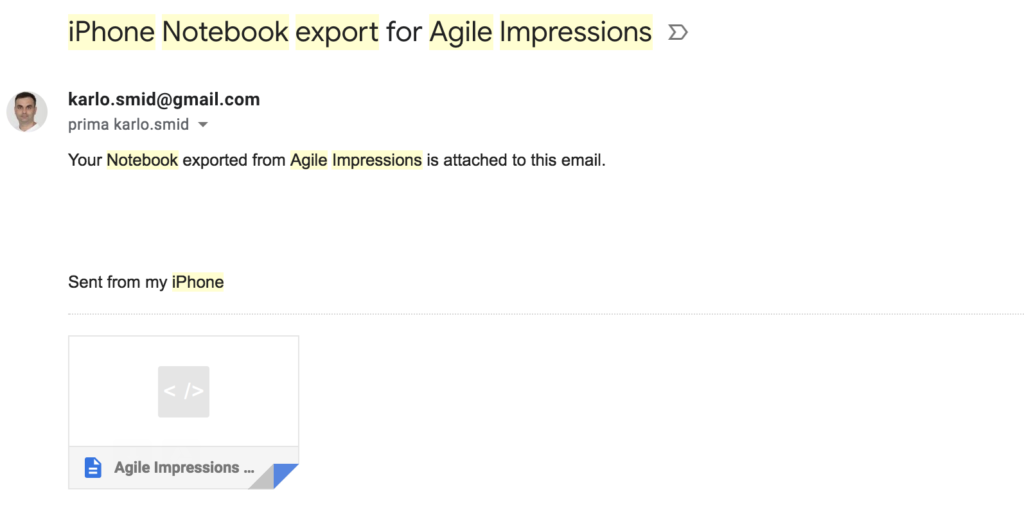
and attached html content:
Notebook Export
Agile Impressions
Gerald M. Weinberg
Citation (APA): Weinberg, G. M. (2013). Agile Impressions [Kindle iOS version]. Retrieved from Amazon.com
Was There Process Before Agile?
Agile and the Definition of Quality
Five Questions on Agile
Satisfying Customers
Deliver Working Software Frequently
Face-to-Face Conversation
Technical Excellence
Simplicity
Self-organizing Teams
Why Agile Projects Sometimes Fail
Html attachment consists only of chapter titles that contain highlighted text.
I still have access to all highlighted notes. Kindle takes them as citations. You will get them retyped in my next blog posts, and Gerald M. Weinberg will be properly noted as author of all those citations.
Lessons Learned
Highlighted text is not a note, it is author citation, and that includes author property rights.


